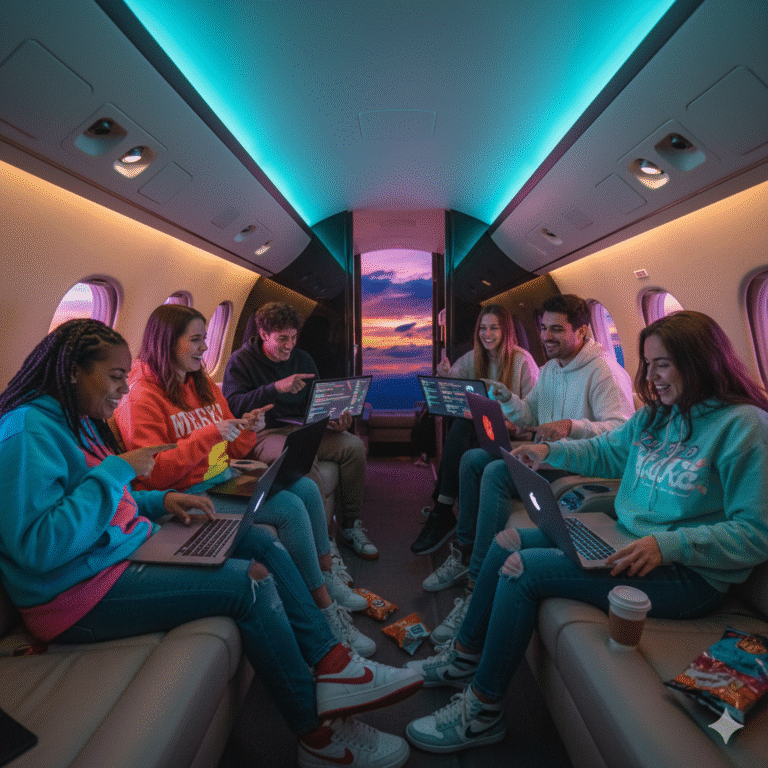
Hybrid workspaces are shaping the future of global businesses.
The global workforce is undergoing its biggest transformation since the Industrial Revolution. Remote work, once a temporary solution to a global crisis, has now cemented itself as a permanent fixture in modern business. But it’s not just about working from home anymore — the real innovation lies in hybrid work models. Companies across the world are experimenting with new frameworks that balance flexibility, productivity, and culture. The question is no longer whether remote work is here to stay, but how to make hybrid work actually work.
The Shift From Remote to Hybrid
During the pandemic, remote work was largely binary — employees were either at home or in the office. In 2025, the conversation has shifted to hybrid flexibility. Businesses now understand that employees thrive when they have control over where and how they work.
Hybrid models vary widely:
- Fixed hybrid: Employees come to the office on specific days (e.g., three days in-office, two days remote).
- Flexible hybrid: Employees choose when to be on-site based on projects or personal schedules.
- Remote-first hybrid: The default is remote, but office spaces exist for collaboration.
Tech giants like Google and Microsoft have leaned into flexible hybrid systems, while companies such as Goldman Sachs maintain office-first policies — highlighting the diversity of approaches.
Productivity in a Hybrid World
One of the biggest debates around hybrid work is productivity. Recent studies show that:
- Remote work increases focus time but risks collaboration fatigue.
- Office presence boosts creativity and teamwork but can lower flexibility.
Successful hybrid models combine the best of both worlds:
- Project-based office time: Teams gather only when collaboration is critical.
- Asynchronous communication: Employees use tools like Slack, Microsoft Teams, and Notion to work across time zones.
- Outcome-focused management: Leaders measure results, not hours spent in the office.
Culture and Belonging
One of the biggest challenges in hybrid models is preserving company culture. Employees often feel disconnected without watercooler conversations and casual interactions. To solve this, businesses are adopting new strategies:
- Virtual town halls and all-hands meetings ensure transparency.
- Digital communities replicate social connections (Slack channels for hobbies, virtual coffee breaks).
- Office redesigns emphasize collaboration zones rather than traditional desks.
For example, Dropbox transformed its offices into “studios” for brainstorming, shifting away from cubicles.
Employee Well-Being and Retention
Flexibility has become a top demand for talent. Surveys show that workers are more likely to stay with employers that offer hybrid options. Mental health support, flexible hours, and wellness programs are no longer “perks” but expectations.
Forward-looking companies are now experimenting with:
- Four-day workweeks integrated into hybrid setups.
- AI-driven scheduling to optimize work hours.
- Wellness stipends for home office setups and mental health care.
Technology as the Backbone
Hybrid work wouldn’t be possible without technology. Cloud computing, secure digital infrastructure, and AI-driven tools have redefined how we collaborate. Key trends include:
- AI scheduling assistants that optimize meetings across time zones.
- VR/AR meeting rooms for immersive collaboration.
- Enhanced cybersecurity frameworks to secure hybrid environments.
The Future of Hybrid Work
By 2030, hybrid work will likely become the default model for global businesses. Offices won’t disappear but will evolve into collaboration hubs. Companies that master the art of hybrid work will win the war for talent, while those that resist flexibility risk losing relevance.
Sources
- Microsoft Work Trend Index 2024 – Microsoft Report
- McKinsey & Company – Future of Work Insights – McKinsey Report
- Harvard Business Review – Hybrid Work Best Practices – HBR






